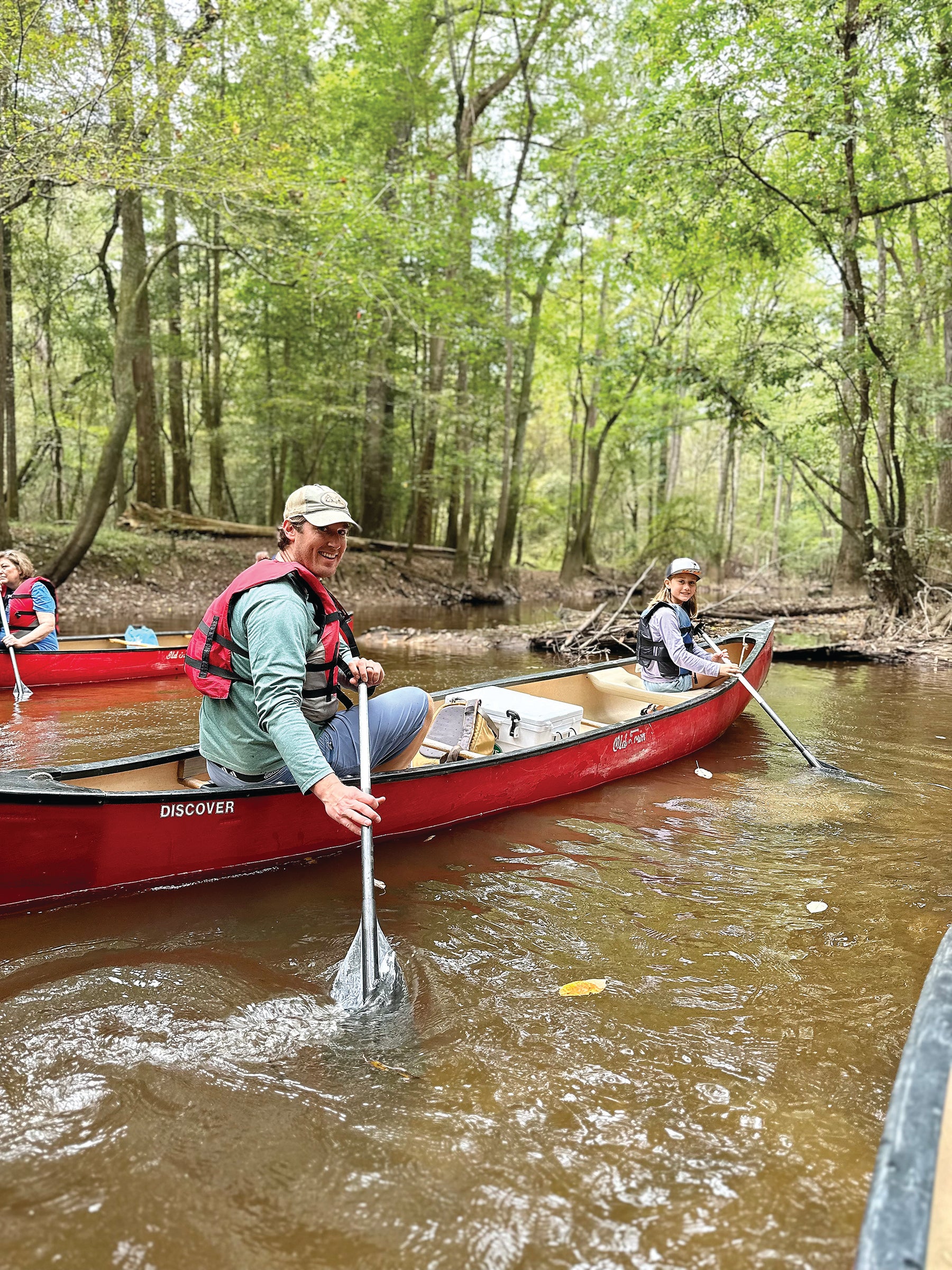Thanks, Harry
Published 12:17 pm Tuesday, October 10, 2023
|
Getting your Trinity Audio player ready...
|
The cool, breezy morning was the perfect climate to paddle canoes under a hundred-foot-tall canopy. Bald Cypress, Tupelo and Red Maple trees closed in around us as we slowly paddled down Cedar Creek. My daughter laid over the front of the canoe, looking for the perfect large yellow leaf floating on the surface as we tried to sneak down the waterway. Pileated Woodpeckers danced and called overhead and my only thought was, “I’m glad someone saved this place.”
Thankfully, someone had seen the importance of this place long before our time. For years, people owned this land, hoping to reap the rewards of the unlogged areas remaining. A man who was part of a hunt club on the property realized its unique character. This man, Harry Hampton, was a newspaper editor who enjoyed romping around what is now Congaree National Park.
Congaree National Park may be South Carolina’s biggest secret. Only a short drive from Columbia, the largest intact hardwood bottomland forest in the Southeast is infiltrated with streams and trails. The streams allowed us to have a front-row seat at the mesmerizing forests. Signs of logging from the early 1900s were evident with large Red Maple stumps lining the waterway. The forest was able to regenerate after 1917 when the economics of logging this area didn’t make sense.
Through Hampton’s writing and influence, he led the charge to save this park in perpetuity. Hampton’s long-term thinking helped preserve an ecosystem that we can all visit today. There are parts of the park that still look similar to when the Native Americans called it home and escaped slaves found refuge in the infancy of our country.
As one of the least visited National Parks in the country, the Disneyworld-type feel of Yellowstone or Great Smoky Mountains isn’t found here. There are no lines of cars stopping to look at deer or bears. The worst traffic jam we met was a canoe pile-up while watching two woodpeckers play on a tree trunk.
During the float, our guide pointed out clues to the creatures that live here. Signs of wild pigs, deer and birds dotted the landscape. Even more interesting were mud tunnels that covered the forest floor. These were crayfish chimneys. At the bottom of these chimneys, or tunnels, would be a crayfish or two. Life surrounded us above and below.
Paddling back to where we started, my daughter found her perfect yellow leaf that fluttered down from above with the afternoon, breeze. One day, I’m sure she will understand why saving and conserving places like this park is important. For now, thanks to a man named Harry Hampton, I’ll just let her float down a creek in awe and wonder.

The Hunts recently visited Congaree National Park (Photo by Corey Hunt)
If you, or someone you know, is going to college and studying in the natural sciences, The Hampton Wildlife Fund has scholarships available for SC Residents attending SC schools. For more information go to HamptonWildlifeFund.org.


